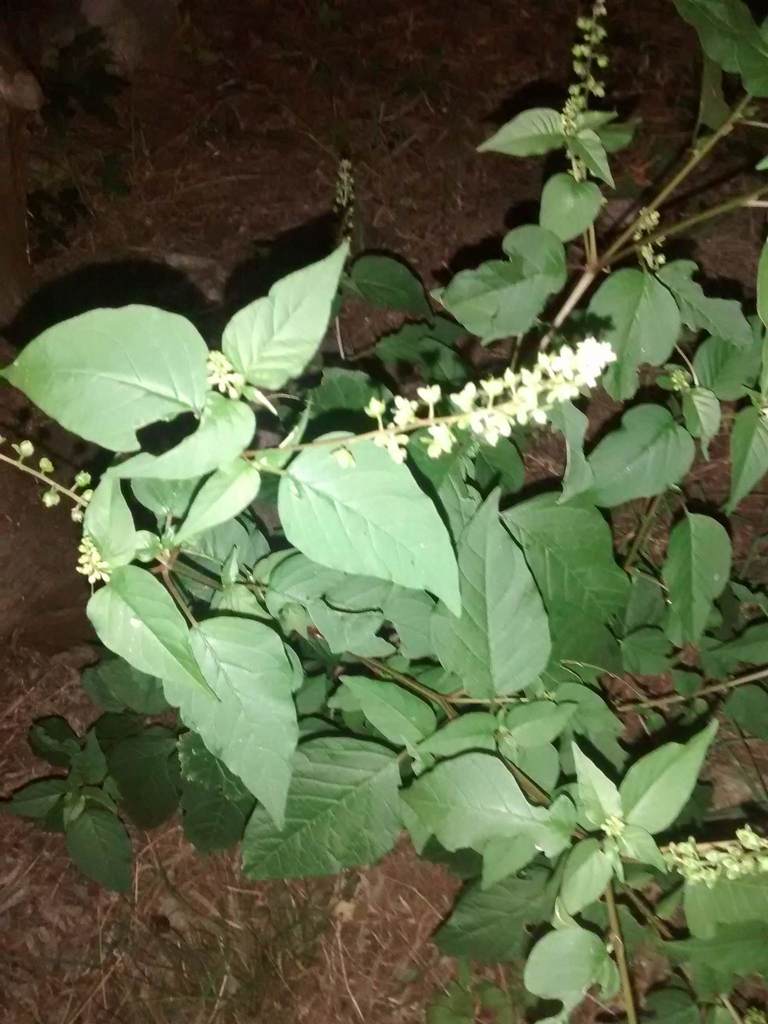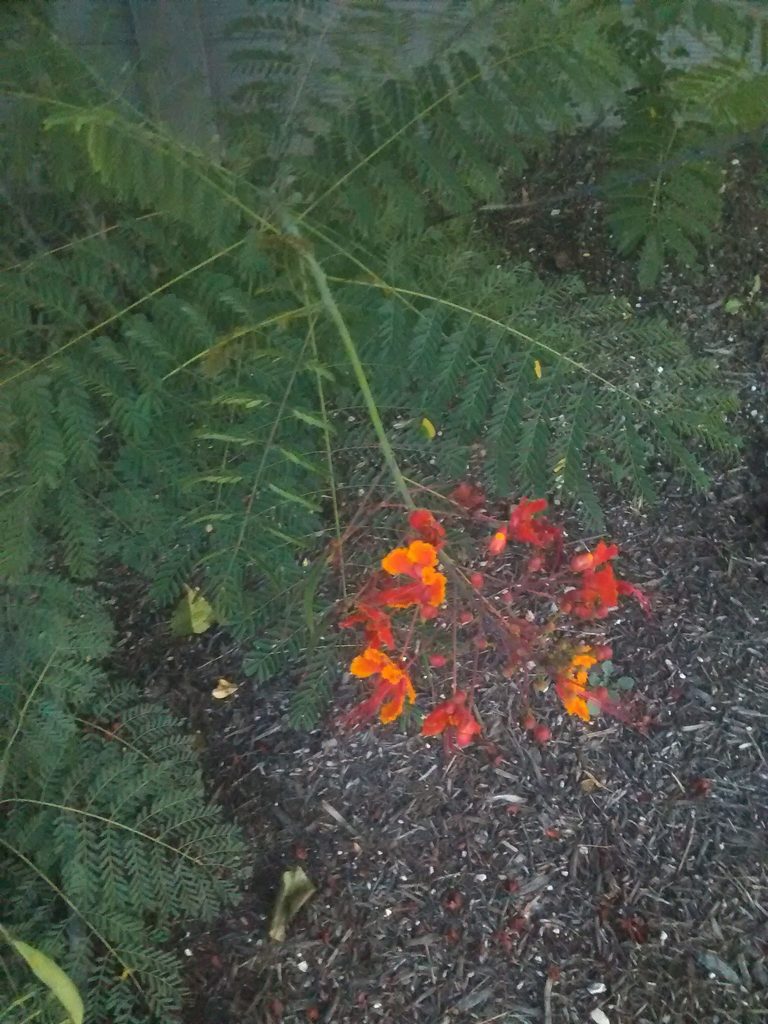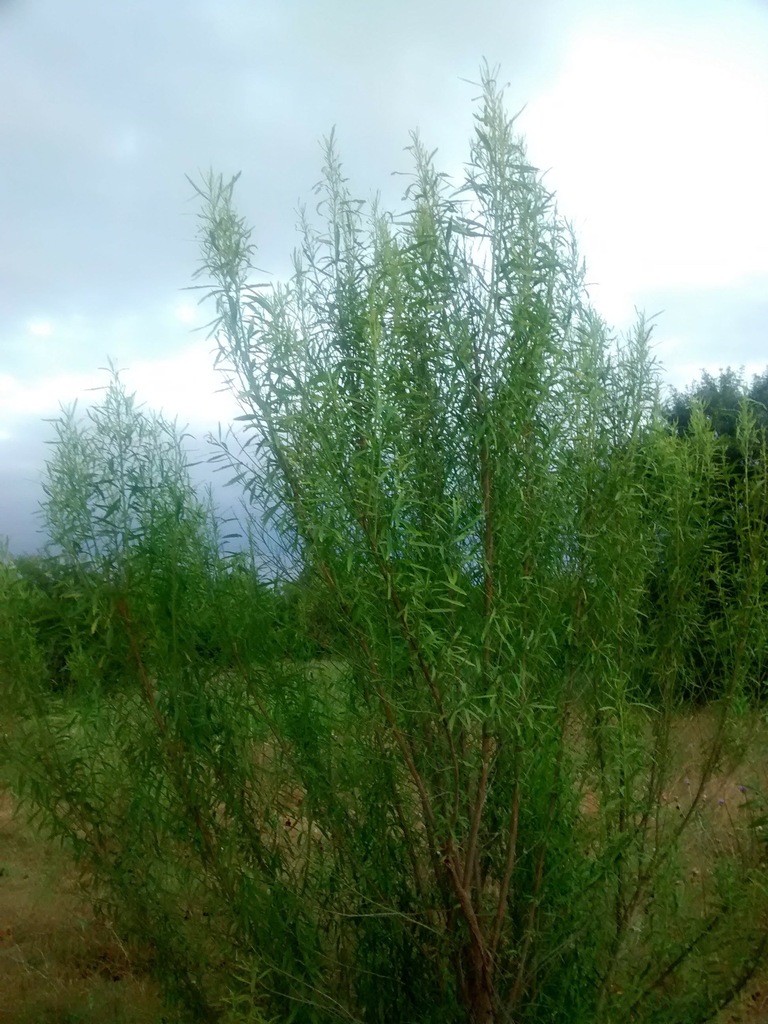Helpful Tips and Resources for Beginner (Plant) iNatters AND Common Beginner Mistakes
Note: Most updated version here: https://www.inaturalist.org/journal/arnanthescout/57230-helpful-tips-and-resources-for-beginner-plant-inatters-and-common-beginner-mistakes
First impressions matter.
iNaturalist isn't just a website to post your observations, but a community of people. It can be daunting at first, especially if you don't know the hidden manners and norms. Lots of people will post observations that will never get identified due to minor mistakes, and many get a bad impression and leave.



These images show some common hiccups with rookie users (I'll go over these in detail below): bad photo exposure, unfocused/blurry pictures (though this one can be persistent—my camera focus is evidence), taking photos of cultivated plants, unaware that they should be marked captive/cultivated and that iNaturalist is focused on wild organisms (this can frustrate people when their observations get marked as casual), taking photos of the whole tree/plant , but no closeup of leaves/flowers, By the way, these are all my photos from old observations. I was once one of you!
However, get past the newbie troubles, and you will find a knowledgeable and welcoming community, and a powerful tool that could change your life! This is here to help you get a good introduction.
Getting Good Photos for Documentation
Good photos are tantamount to good observations. It's not that hard to create good photos even from a phone camera... if you know what to do!
Making observations count: https://bushblitz.org.au/wp-content/uploads/2020/06/BackyardSpeciesDiscovery_Factsheet-2_Make-your-observations-count.pdf
Getting Great Plant Photos in iNaturalist: https://www.inaturalist.org/projects/abisko-plants-and-phenology/journal/17621-getting-great-plant-photos-for-identification-in-inaturalist
These two resources are probably the most useful in my opinion. Some other resources (I'll probably add more):
Official iNat guide: https://www.inaturalist.org/pages/getting+started
How to Make Research-Quality Observations in iNaturalist: https://www.segrasslands.org/recording-species-in-inat-website
Random Tips: https://www.inaturalist.org/posts/5360-tips-for-making-inaturalist-observations
Common Mistakes and How to Fix Them
I've noticed a lot of common errors by users that eventually dissuade them from using iNaturalist. For the sake of all of us, I'll address them below. Fix these hiccups, and I guarantee you will get more ID's and enjoy iNaturalist better!
1: Taking pictures of cultivated plants—without knowing the norms for that
This is probably the most common. People will take picture of ornamental flowers in garden beds, planted trees, potted succulents. That's completely fine! Sometimes I'll find an interesting cultivated plant and want to know what that is.
With these plants, however, you should mark them captive/cultivated, so that they'll be casual observations. iNaturalist is focused on wild organisms, and a plant in a garden placed there by a human is not Research Grade material. If you're confused on what counts as captive/cultivated, iNaturalist has definitions and examples here:
In terms of identifying that unknown plant in your garden, you can always use the iNat AI to help. You just won't be able to verify those observations with other people, since most identifiers don't identify Casual observations.
2: Photos for the same plant spread out in multiple observations.
Unknowing users who take multiple pictures of plants (which is good!) often post each photo in its own observations. This can happen when you drag multiple files into the uploader, which puts them all into the same observation, and don't realize you can (or should) put multiple photos in an observation.
With the web uploader, you can drag and drop the photos on top of each other so they go into the same observation. You can also drag separate observations on top of each other to combine them into one. For observations that have already been created, see this forum guide.
3: Blurry/Unfocused/Overexposed photos
While technically there's nothing wrong with these, it is definitely a lot more difficult to ID things if it's hard to make out details.
In terms of blurry/unfocused photos, there are some ways to deal with this. If the plant is moving due to wind, let that die down before taking a shot, or if the wind is relatively weak hold it with one hand to keep it steady. For plant parts that are just fine and thin, which will cause the camera lens to focus to the background instead of the foreground, you could put your hand behind the plant so it focuses closer up (or use a piece of paper, or a notebook). If you know how to manually adjust your camera focus, that helps a lot.
Sometimes a plant will be "contrasted" (maybe sunlight hits some leaves but not others, or half of a flower), and that'll cause the camera to adjust the exposure to either the bright area and make everything else really dark, or to the dark area and make the bright area really bright. I make sure to keep my lighting relatively even (all bright under sunlight, or all dim). If I have a problem with exposure I'll usually huddle over a plant with my shadow so that the light is all even.
On taking plant pictures at night... it's preferable to take pictures during the day and not at night, unless you have a reason to do so, like observing a night-flowering plant. Using flash can help, but I don't have much experience with night photography and so cannot help much here.
4: Photos of the entire plant (the whole tree or bush), but without any close-ups of leaves or flowers... or photos of just the flower.
Overall images showing the entire tree/plant can be helpful for showing the habit of a plant (whether it is low growing or standing, a vine or shrub or tree), but they usually don't show enough to reach a definitive ID.
Similarly, a photo of just the flower is great for normal photography, but if you want a species ID you'll probably need more.
When taking pictures of plants, Here's my rule of thumb: flowers from the top and side, leaves (maybe 3-8 in a photo), and the entire plant. This is usually enough for an identifier to get a plant to genus, at the least.
If you want to be really thorough, you can do the bottom side of the leaf and the bark as well.
In addition, I'll photograph anything unique or unusual features about the plant. Does it have thorns or other prickly things on it? Is there fruit or seedpods? These can be helpful for identification.
NOTE: Some plants require more specific features to be identified. You can usually figure that out by asking around the community or checking identification guides—here's a hub for some of those.
If an user corrects you, or marks an observation casual, don't take that personally! Most of them are just trying to help you learn these hidden "rules". Usually when I correct users or point mistakes out I make sure to keep my tone friendly so you don't misinterpret my feelings. Others might not, and tone can be hard to convey in just words. Keep that in mind!
Other Tips
- A good way to learn how to make good observations are to look at other people's observations. After all, there are plenty of veteran users who have stellar observations!
- Make observations wherever you can—walking to a class during school, around the parking lot of a supermarket, etc. The more observations you make, the more experience you'll get.
- Sometimes it isn't obvious if a plant is a vine or a shrub, which can confuse identifiers, so add in the description "vine" or something of the like.
- If there are multiple plants/organisms in the photo, it helps to write in the description which one you want identified.
- For info about geoprivacy obscuring observations (If you want to obscure observations near your house, for example), location and time metadata, getting photos to the website uploader, and other technical things, see this journal post: https://www.inaturalist.org/projects/rrhs-ecological-survey/journal/60932
- I HIGHLY recommend reading this for broader advice on how to get more identifications on your observations: https://forum.inaturalist.org/t/how-to-get-identifications-for-your-observations/26429
I also suggest that you do not start identifying plants until you are well versed with them—say maybe 100-200 observations—but to try and give it a shot. When you see what it's like from the other side, you'll understand much better how to improve your own observations!
I implore anyone who read this to share this with anyone who might find these tips handy!
If you have questions or concerns about iNaturalist, contact me by tagging me to an observation (@arnanthescout ) or messaging me on iNat!
Feel free to add comments below!
Last updated: 11 September 2022





